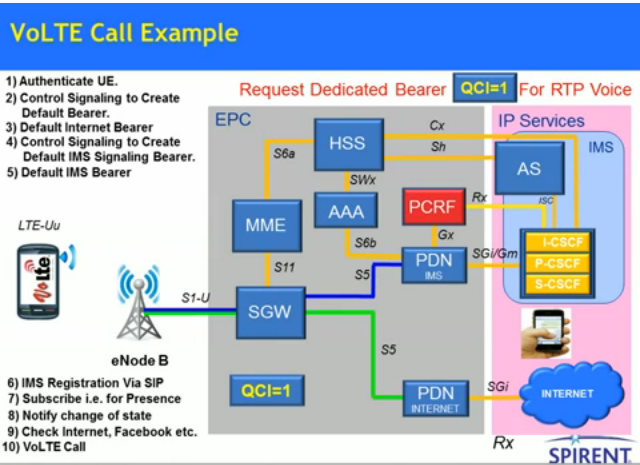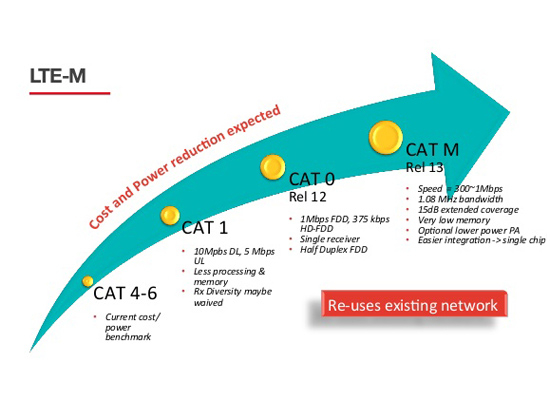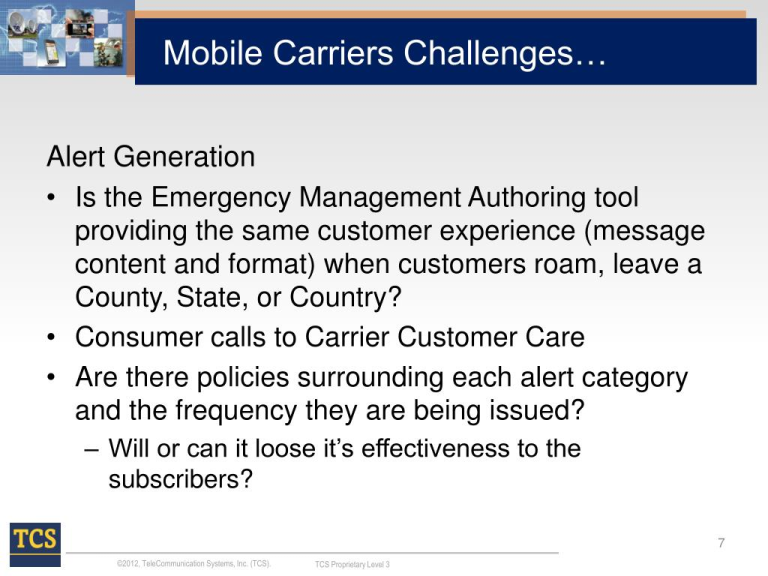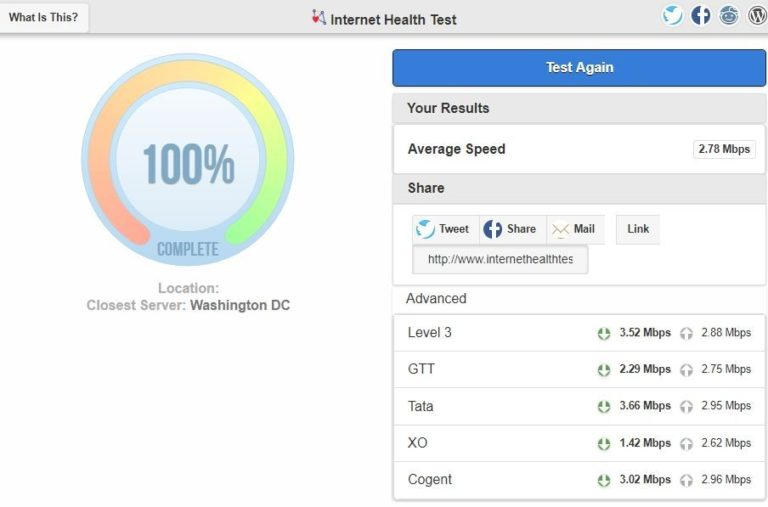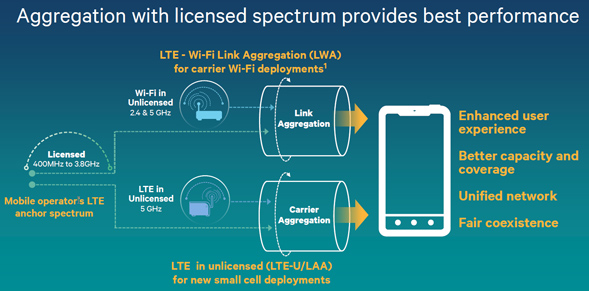
LTE-U, or LTE in unlicensed spectrum, has emerged as a hot topic in discussions about wireless technology and its impact on Wi-Fi networks. Recently, New York City has joined the conversation, with the mayor’s office expressing concerns about potential Wi-Fi interference caused by this evolving carrier technology. Designed to alleviate network congestion by utilizing bandwidth already occupied by Wi-Fi, LTE-U has sparked significant controversy, particularly regarding its possible effects on existing municipal Wi-Fi implementations. Industry leaders like Qualcomm LTE-U and Ericsson LTE-U claim that their technology can coexist with current Wi-Fi standards without causing disruption. However, stakeholders from technology giants to local government officials urge that comprehensive protections are needed to preserve the integrity and quality of New York City’s robust Wi-Fi infrastructure, as disruptions could affect millions of residents and businesses alike.
The discussion surrounding LTE-U, also known as Long-Term Evolution in unlicensed bands, encapsulates a broader debate about the future of wireless communication. As cities like New York evaluate this technology, key entities are pushing for measures to protect existing networks from interference that could arise from LTE-U deployment. Concerns over Wi-Fi disruption resonate heavily, given the critical role of reliable internet access in urban areas. Definitions of coexistence and compatibility between unlicensed and licensed technologies are being scrutinized, especially by major players like Qualcomm and Ericsson. With both sides collaborating on testing protocols through the Wi-Fi Alliance, the push for ensuring robust, interference-free networking intensifies.
Understanding LTE-U: Benefits and Conflicts
LTE-U, or Long-Term Evolution Unlicensed, is a technology designed to enhance mobile network capacity by utilizing unlicensed frequency bands, similar to those used by Wi-Fi. While this innovation promises to alleviate congestion on cellular networks, it has led to considerable debate—especially within urban environments like New York City. Officials, including the mayor’s office, have raised alarms about potential Wi-Fi interference, emphasizing the need for robust protections to prevent disruption of existing wireless services that millions rely on daily.
The technology, crafted by major players like Qualcomm and Ericsson, boasts features intended to promote cohabitation with Wi-Fi. However, skepticism remains prevalent among stakeholders, including large tech companies like Google and Microsoft, who fear that LTE-U could cause significant operational conflicts. With cities increasingly dependent on municipal Wi-Fi for connectivity, the possible repercussions of LTE-U interference are alarming. Thus, establishing rigorous testing protocols is critical to ensure that LTE-U can function without compromising existing Wi-Fi networks.
Frequently Asked Questions
What is LTE-U and how does it relate to Wi-Fi interference?
LTE-U (LTE Unlicensed) is a technology developed to improve network capacity by utilizing unlicensed frequency bands that are also used by Wi-Fi. This raises concerns about Wi-Fi interference, as LTE-U’s operation may disrupt existing wireless signals, affecting connectivity for Wi-Fi users.
What are the main LTE-U concerns raised by New York City officials?
New York City’s officials, through an open letter, have expressed concerns that LTE-U could interfere with municipal Wi-Fi networks. They highlight potential coverage loss and increased latency that could adversely impact millions of residents who rely on these networks for essential services.
How do Qualcomm and Ericsson address LTE-U’s potential Wi-Fi disruption?
Qualcomm and Ericsson, the creators of LTE-U, claim that the technology includes features designed to ensure co-existence with Wi-Fi networks. They argue that these mechanisms will mitigate potential Wi-Fi interference, promoting better harmony between LTE-U and existing technologies.
What actions are being taken to test LTE-U’s compatibility with Wi-Fi signals?
In response to concerns surrounding LTE-U, various stakeholders, including Qualcomm, Ericsson, and members of the Wi-Fi Alliance, are collaborating on testing protocols. These efforts aim to evaluate and address how LTE-U can operate alongside Wi-Fi without causing disruption.
How could LTE-U impact public Wi-Fi investments in New York City?
If LTE-U causes significant interference with public Wi-Fi networks in New York City, it could undermine existing investments, potentially harming services that millions use daily and resulting in considerable economic losses related to these public and private network enhancements.
| Key Point | Details |
|---|---|
| New York’s Position on LTE-U | The City of New York has expressed concerns about LTE-U via an open letter from the mayor’s office. |
| Potential Interference with Wi-Fi | Concerns have been raised regarding LTE-U’s interference with existing Wi-Fi networks, which may affect millions. |
| Supporters of LTE-U | Qualcomm and Ericsson assert that LTE-U can coexist with Wi-Fi without causing disruption. |
| Opposition from Industry Leaders | Major companies, including Google and Microsoft, have raised reservations about LTE-U’s impact. |
| Importance of Wi-Fi Implementations in NYC | The letter outlines municipal Wi-Fi benefits and stresses that LTE-U could jeopardize these services. |
| Efforts for Compatibility Testing | Both sides are collaborating on testing protocols under the Wi-Fi Alliance to ensure compatibility. |
| Call for Action by 3GPP | Wiley urges 3GPP to implement protective measures against interference for existing technologies. |
Summary
LTE-U is becoming a critical topic as New York City emphasizes the need for safeguards against potential interference with Wi-Fi. The city’s mayor’s office has voiced significant concerns regarding the negative impact LTE-U could have on existing municipal Wi-Fi services, highlighting the technology’s capacity to disrupt connectivity for millions of users. As the debate continues, it remains crucial for industry leaders to work collaboratively to finalize protocols that ensure the stability of both LTE-U and Wi-Fi, demonstrating a commitment to protecting these vital communication resources.
